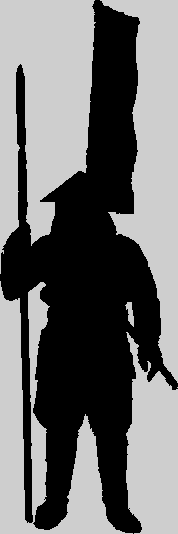Introduction
When reproducing historical objects, swords, boxes etc., remember that they would have been manufactured using their own units of measure and not ours. Millimeters and inches can be expressed as a decimal or fraction, and are thus capable of finer "blocks" of length when compared to the SHAKKAN-HŌ system. The smallest unit of length available to the Japanese was the MŌ which was equal to 0.0303mm. All other units were multiples of this value. So when a craftsperson made an object, it's proportions will reflect these values, as that was what their rulers were marked in. And yes they had rulers.
Listed below are currently three charts giving Japanese expressions of length with their millimeter equivalent. The first one is designed for you to add values together to arrive at the desired overall number. The latter tables list the values as a continuous count, for use as look up tables. However, if I were to attempt to do this for a wide range, it would be huge! So, I will be creating a series of smaller tables, designed to cover a limited range. The first two are intended for use with fine work, such as guns, ammunition, clocks, sword blades and the like.
See also
Measure It In Japanese Part I
for more details of length, plus capacity, weight and area.
Chart 1: Add-Up Table for Length
|


